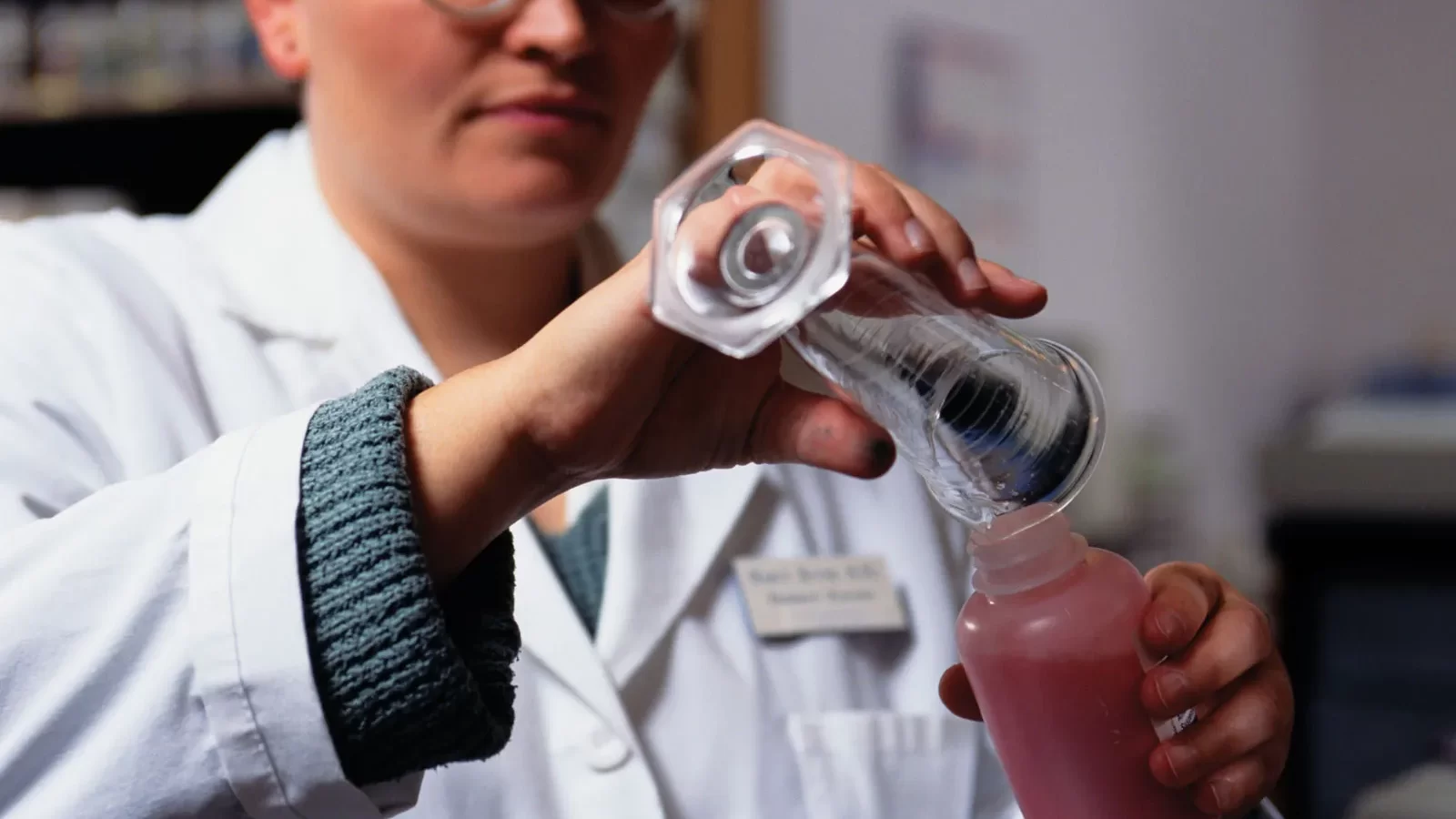Seasonal depression affects about 5 percent of the U.S.

The National Institute of Mental Health estimate that over 16 million people in the United States, or 6.7 percent of the population, will have had more than one episode of major depression during the past year.
A further 5 percent live with seasonal affective disorder (SAD), or seasonal depression.
The symptoms of SAD are so similar to those of depression that it can sometimes be hard to distinguish between the two. SAD, also known as winter blues, typically affects women. In fact, 4 in 5 people with the condition are women, and the reasons for this predisposition are likely to be genetic. However, while some people are genetically prone to the condition, they resist the environmental factors that might trigger it.
New Seasonal Depression Research
New research has set out to examine the neurobiology of SAD and attempt to understand what it actually is that makes some people, regardless of their genetic make-up, are more resilient to developing depression and to determine how to better treat SAD. This study was led by Dr. Brenda McMahon, of Rigshospitalet in Copenhagen, Denmark, and the findings were published in the journal European Neuropsychopharmacology.
The Role of Serotonin Transporters
Dr. McMahon and her colleagues found that seasonal depression is caused by insufficient daylight, making the condition more widespread in locations that are farther from the Equator. Daylight is effectively a natural antidepressant. Like many drugs currently used against depression, more daylight prevents serotonin [from] being removed from the brain.”
For the new study, Dr. McMahon and team recruited 23 participants — 13 of whom where women — who had not developed depression despite having the 5-HTTLPR gene. The scientists used a positron emission tomography (PET) scanner once in summer and twice in winter to examine the participants’ levels of both serotonin and serotonin transporter. The scientists found that the level of serotonin transporter protein dropped by an average of around 10 percent from summer to winter, with the drop being noticeably greater in women.
Most importantly the scientists found that there were people with the 5-HTTLPR gene who should be especially prone to depression but did NOT display the signs of depression. The study found that these people were able to, despite their genetic predisposition, able to control the increase in serotonin neurotransmitter during the winter – they were able to reduce the amount of serotonin being removed from their brain. In this way, they were more resilient to depression.
The authors of the study note that this was a small study, and serotonin levels indirectly indirectly (by PET scan). Regardless the findings offer good grounds for treatment of SAD with available and inexpensive anti-depressants (selective serotonin reuptake inhibitors).



Leave a Reply